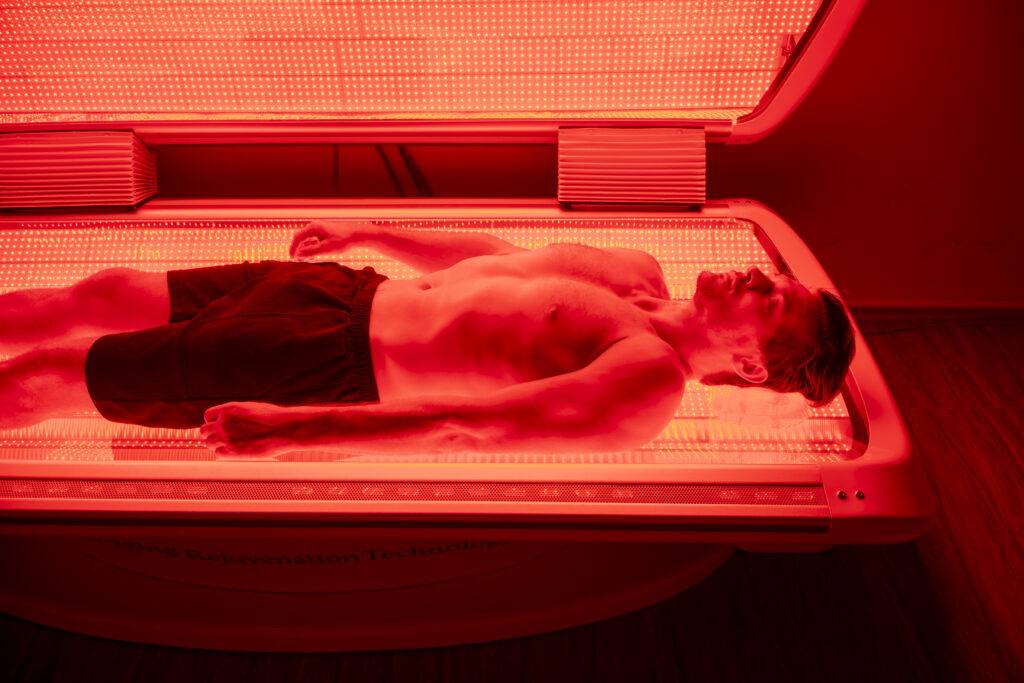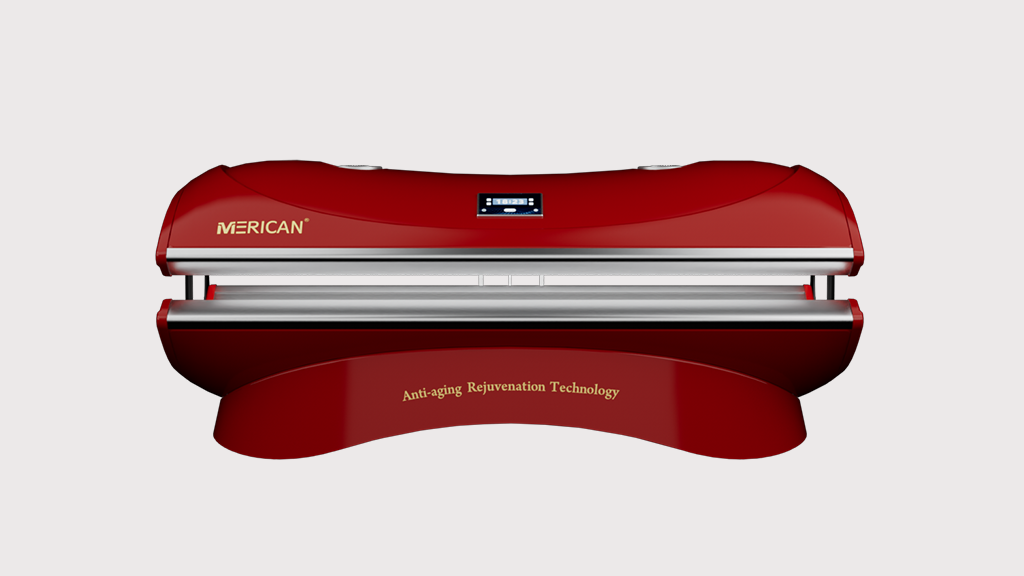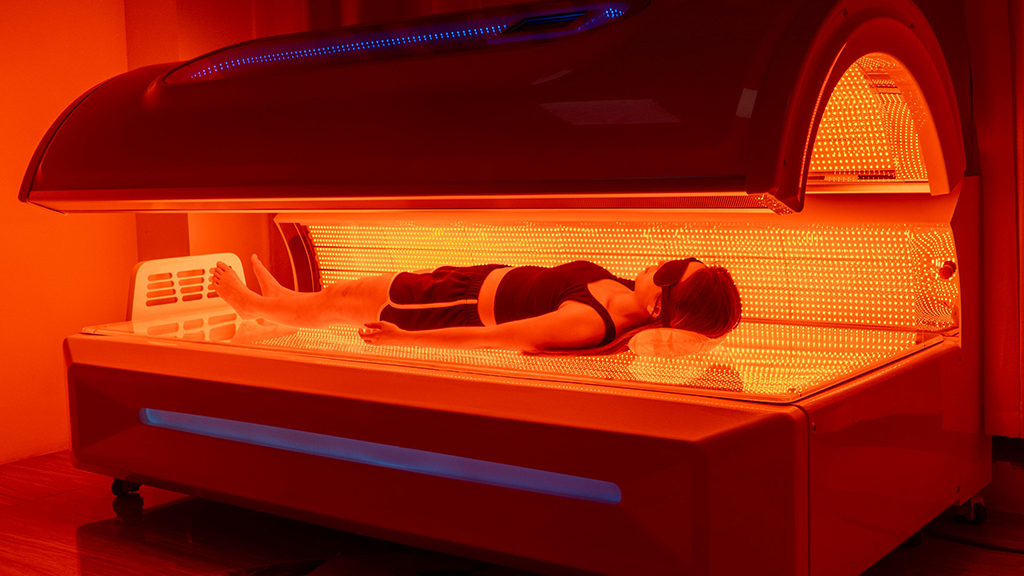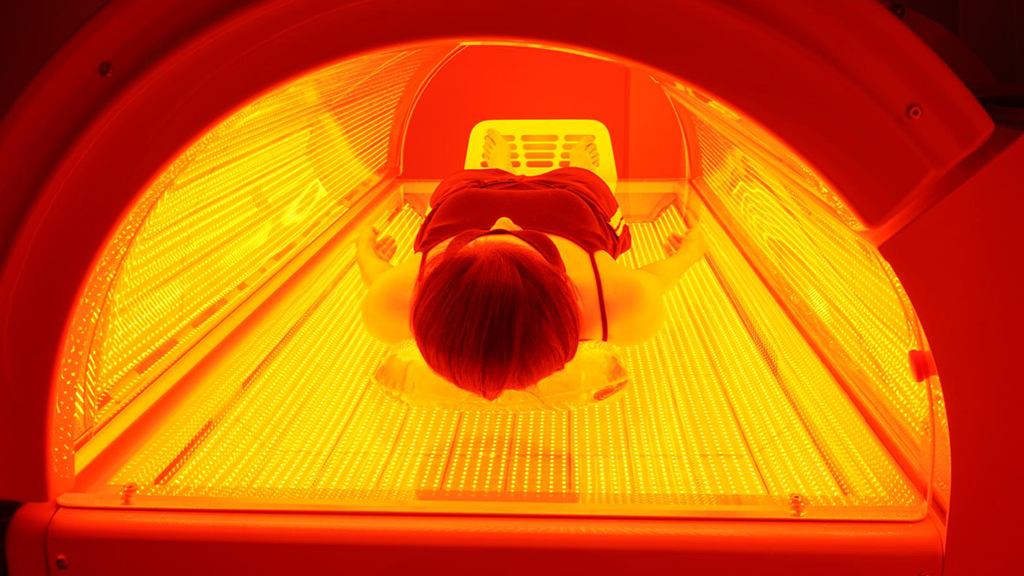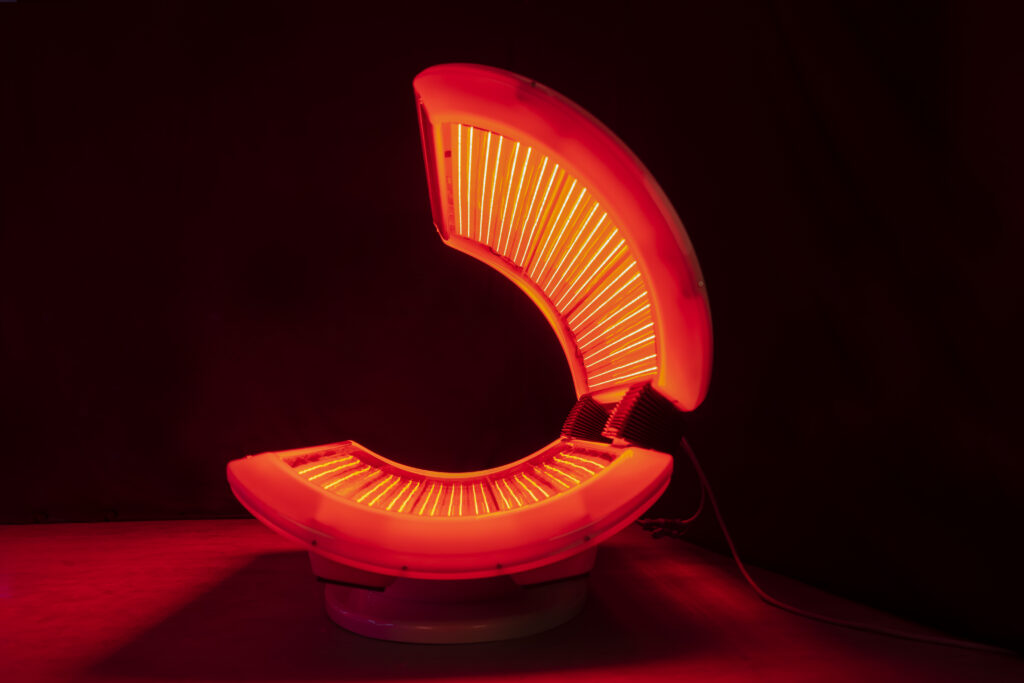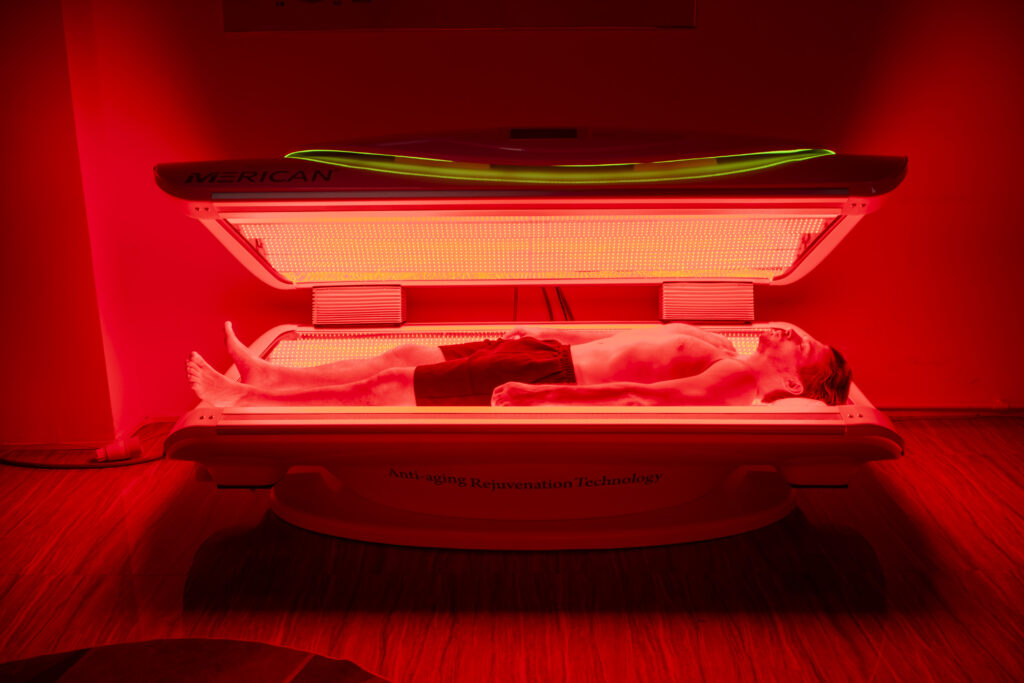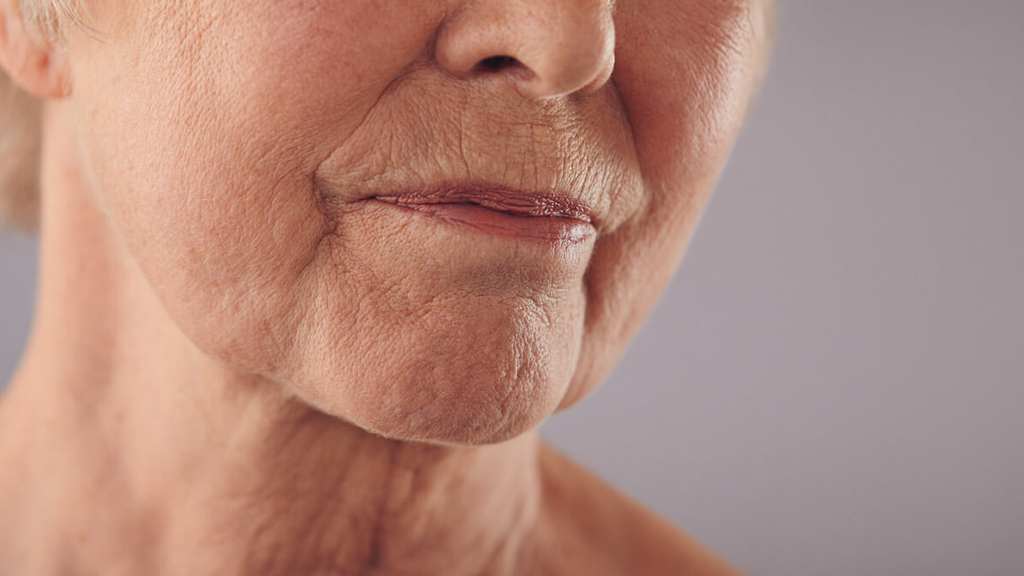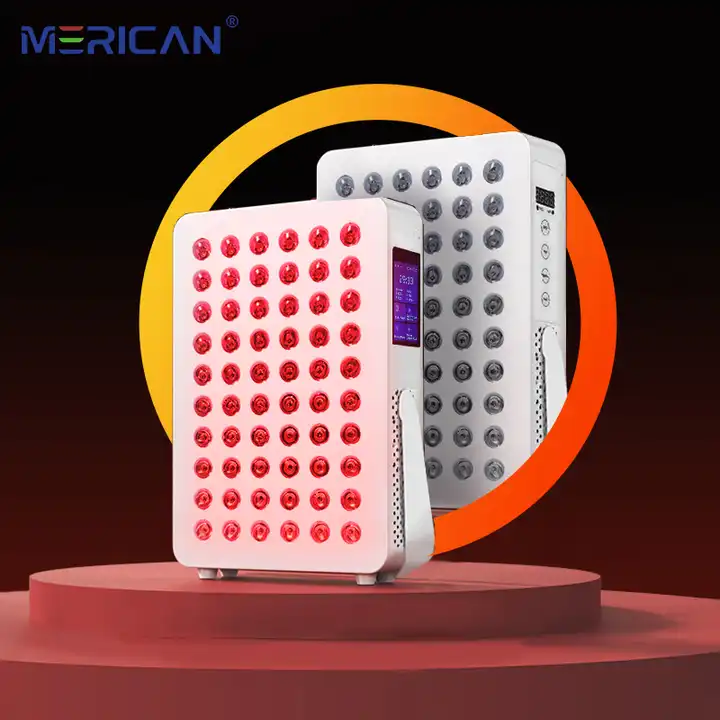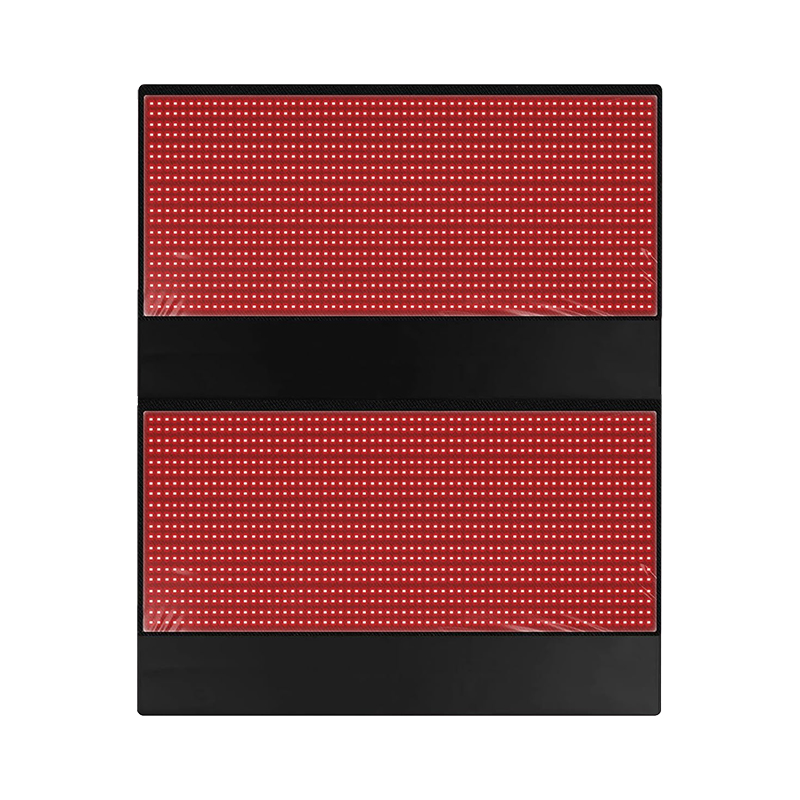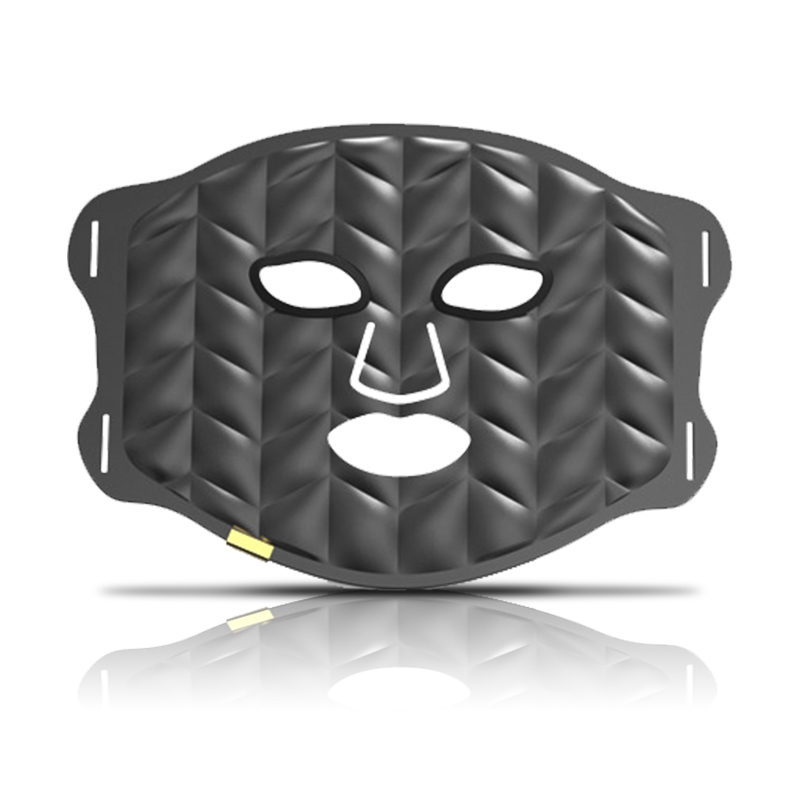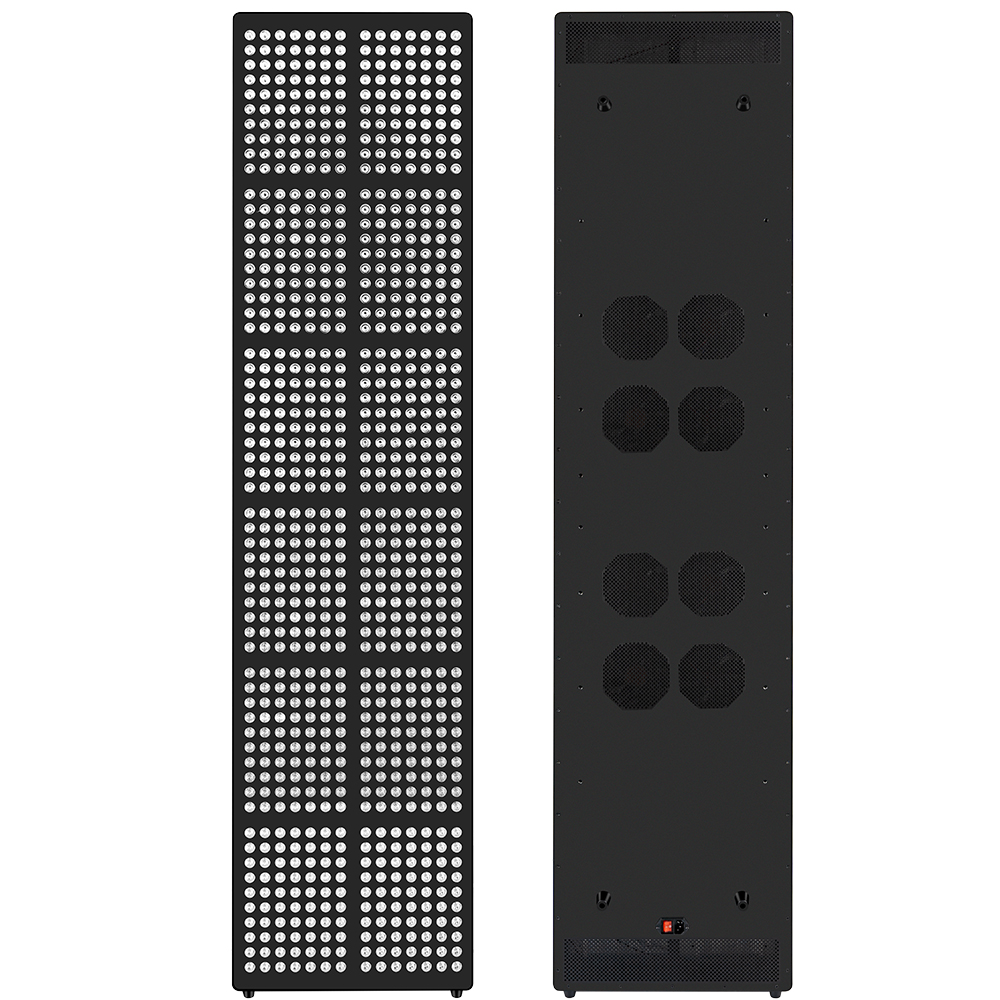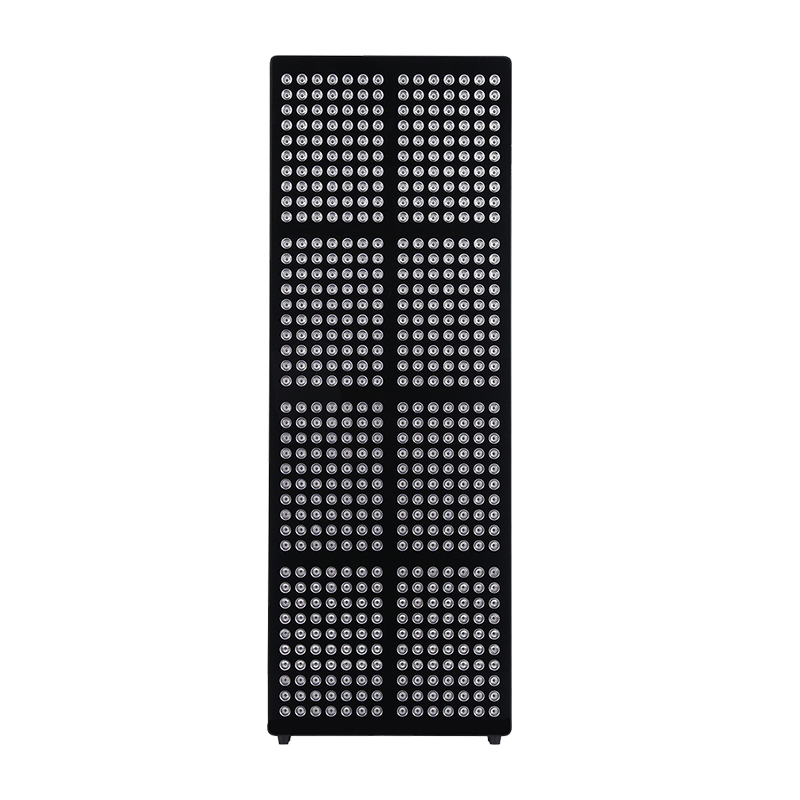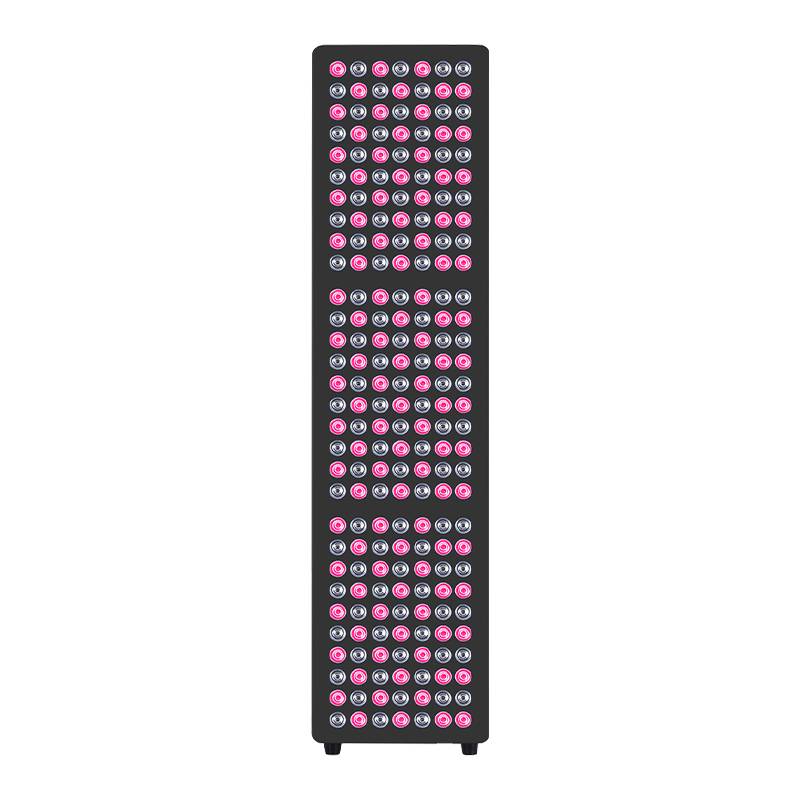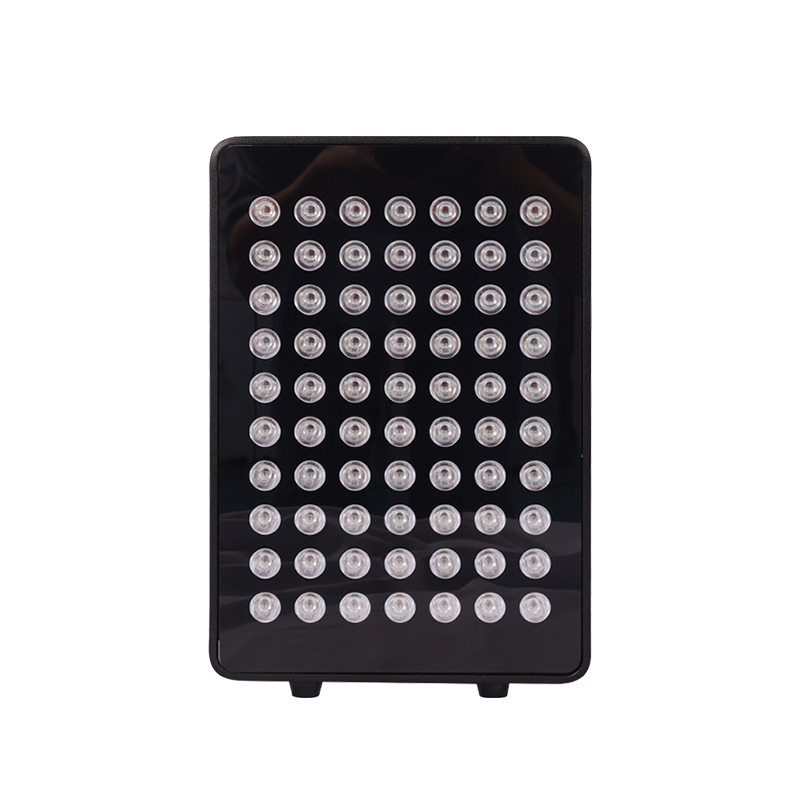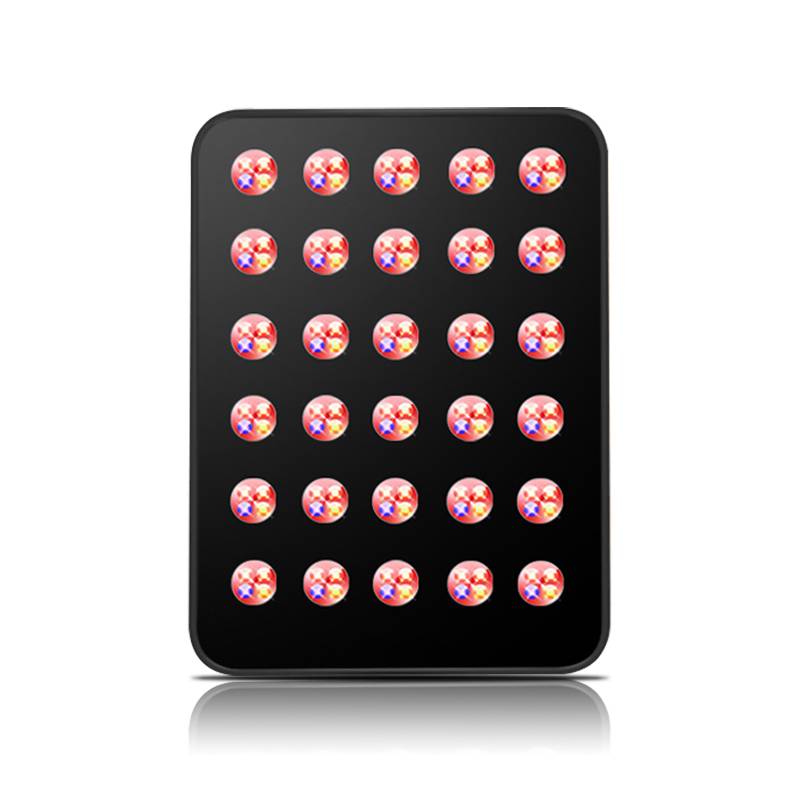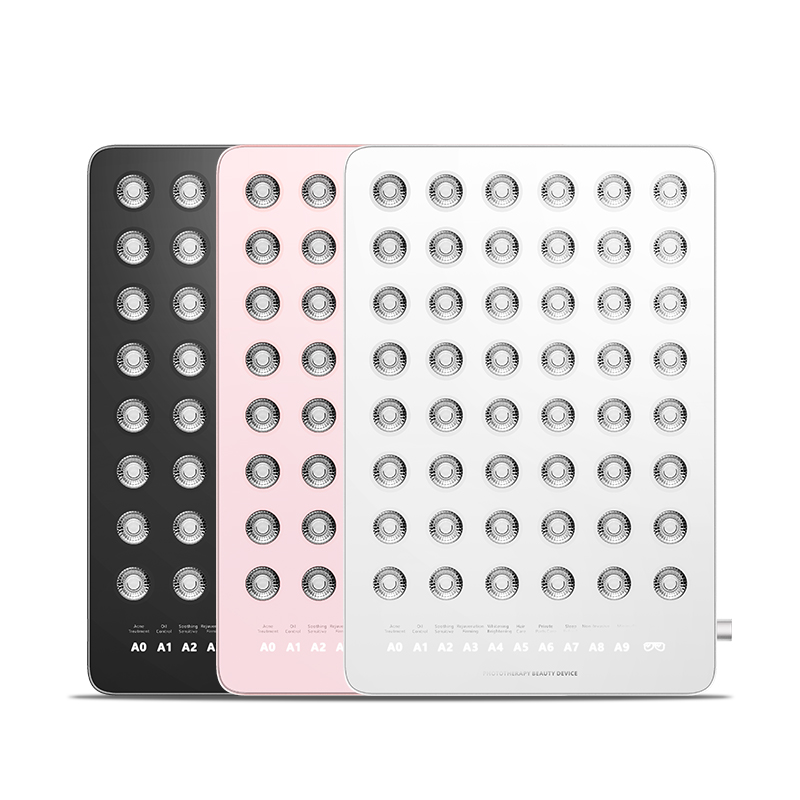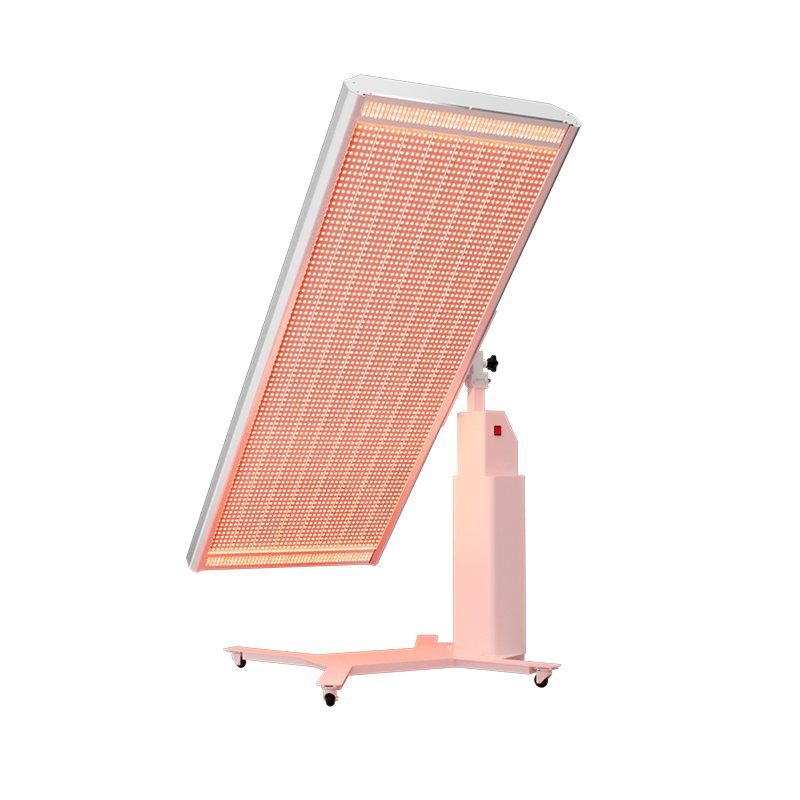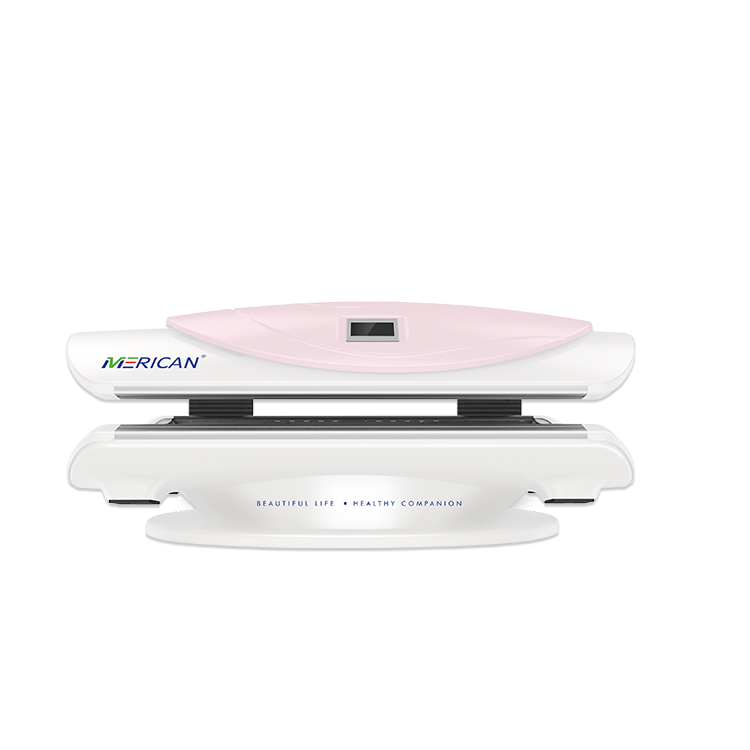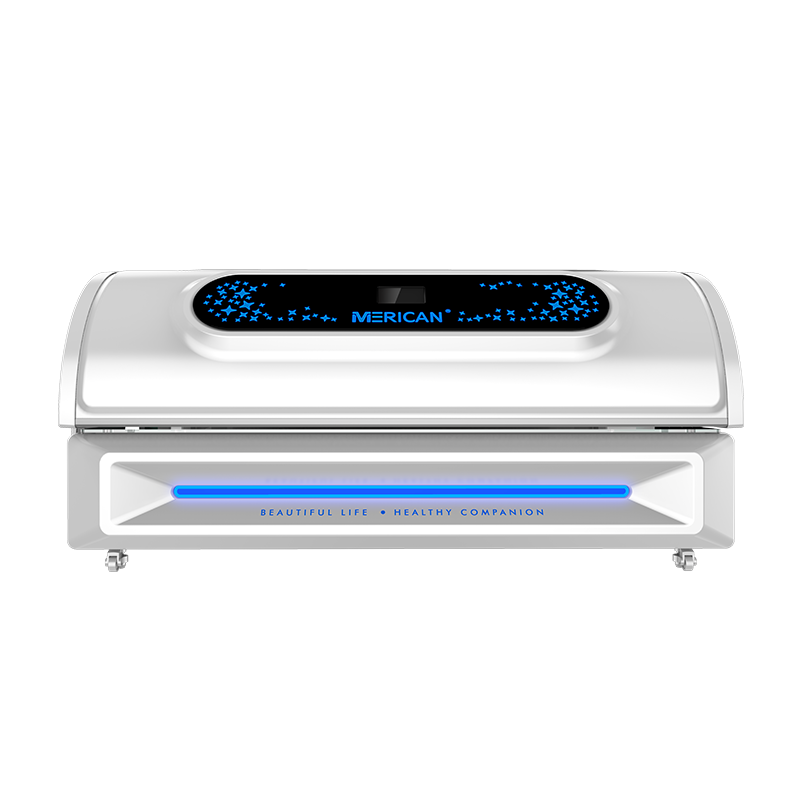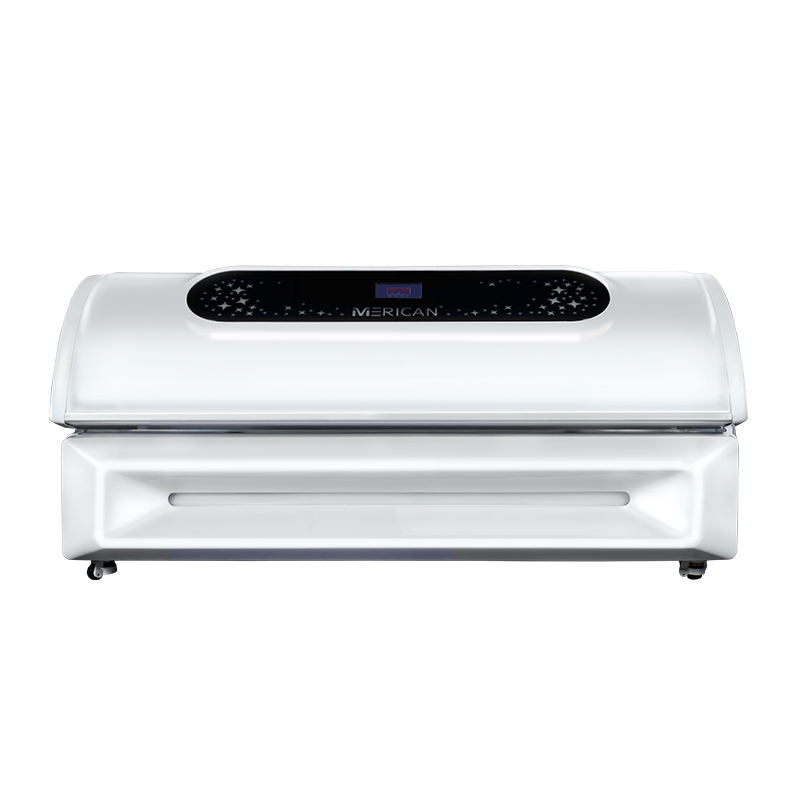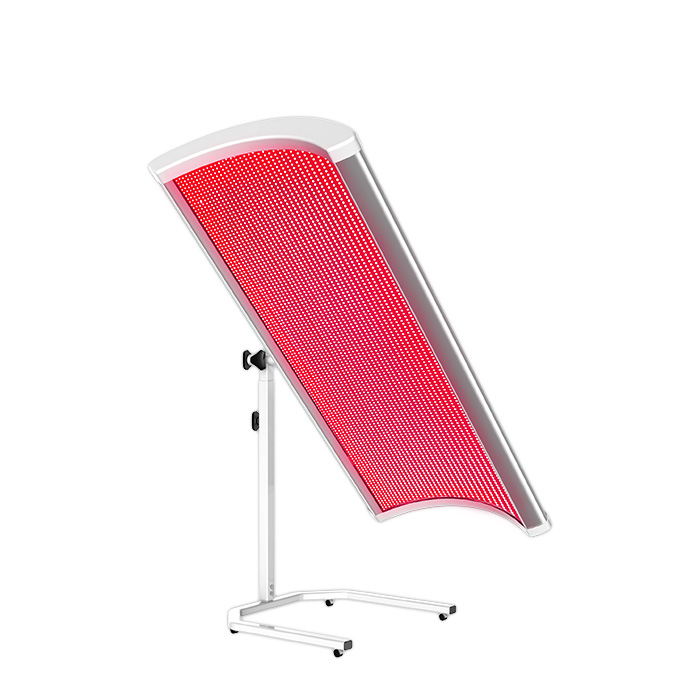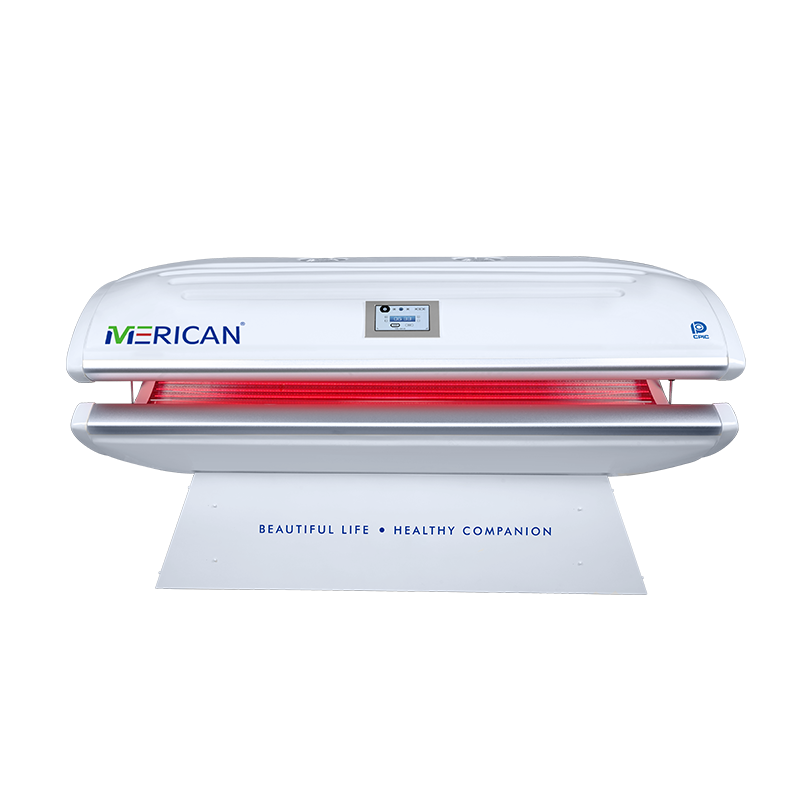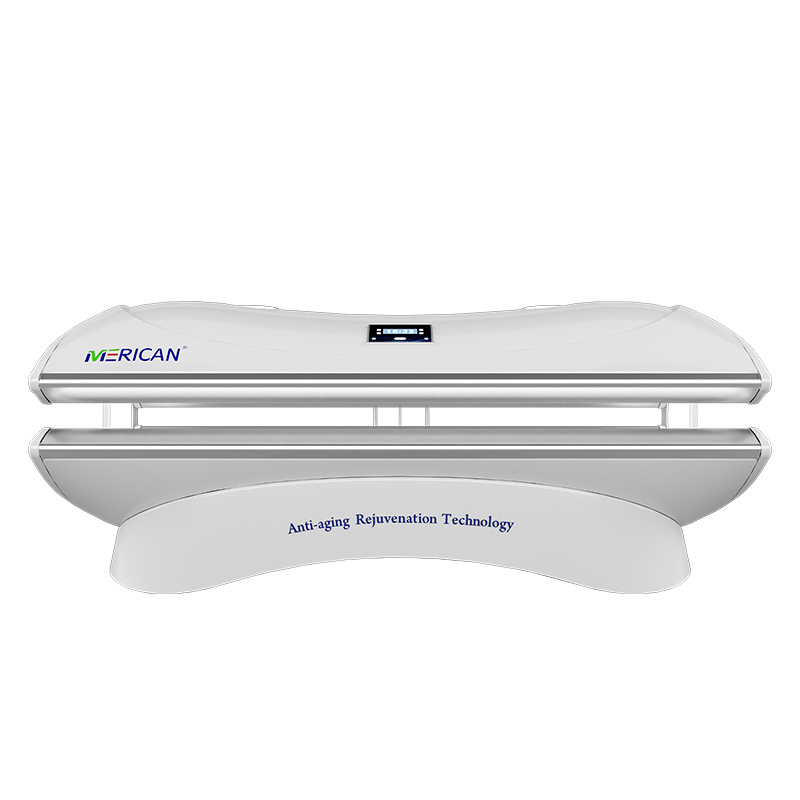A red light bed is a device used for red light therapy (RLT), a treatment that involves exposing the skin to low wavelengths of red or near-infrared light. These beds are similar in design to tanning beds but emit non-UV light to promote therapeutic effects rather than tanning the skin.
Common Uses of Red Light Beds:
- Skin Health: Red light is believed to stimulate collagen production, improving skin elasticity and reducing the appearance of wrinkles, fine lines, and scars.
- Wound Healing: It may help accelerate wound healing and tissue repair.
- Pain Relief: Red light therapy is sometimes used for relieving chronic pain, reducing inflammation, and aiding recovery in muscles and joints.
- Hair Growth: It can promote hair growth in individuals experiencing hair thinning or loss.
- Improved Circulation: The light can enhance blood flow to targeted areas, potentially aiding healing and recovery.
- Mood and Sleep: Some believe it helps regulate circadian rhythms, improving sleep and overall mood.
How It Works:
Red and near-infrared light penetrate the skin and are absorbed by cells, particularly mitochondria, the energy-producing parts of the cell. This absorption is thought to:
- Boost cellular energy production (ATP).
- Reduce oxidative stress.
- Enhance cell regeneration and repair.
Safety and Considerations:
- Red light therapy is generally considered safe when used correctly.
- Unlike tanning beds, red light beds do not emit harmful UV rays.
- Overuse can cause mild skin irritation or discomfort, so following recommended usage times is important.
- Consult a healthcare provider before starting treatment, especially for medical conditions or if you are pregnant.
